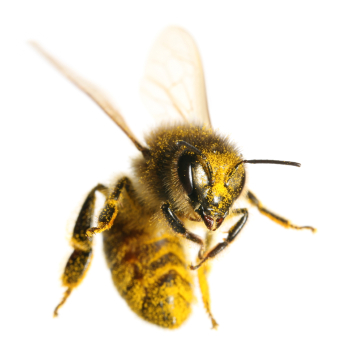
Over ten thousand bee species exist, classified in two groups. Social bees (for example, honeybees) live in groups of over ten thousand. Solitary bees (for example, carpenter and leaf cutter bees) live in smaller groups. Bees live from the tropics to the Arctic. Wild bees live in trees, bushes, and in the ground, building hives of beeswax, leaves, wood, or clay. The best known and most plentiful bees are honeybees, imported to the United States during European colonization. Millions of U.S. honeybee hives produce hundreds of tons of honey yearly, one third of the honey made in the hives. The rest of the honey sustains the bees. Honeybees-social bees-produce beeswax hives, each holding over ten thousand bees. Solitary carpenter bees tunnel into wood, such as trees or fence posts. Their colonies contain about one hundred bees. Another solitary bee class, the leafcutters, tunnel in wood and build from leaf bits joined by secreted glue. Miner bees live in sandy tunnels in groups of several thousands. Adult solitary bees are males or females.
Physical Characteristics of Bees
Bees are 0.1 inch to 3 inches long. There are three types of honeybees: workers, queens, and drones. In any given hive, 95 percent of the bees are immature female workers, 5 percent are males (drones), and one is a mature female (queen).The worker bee's main body parts are head, thorax, and abdomen. The head has five eyes, two antennae, and a mouth. Three small eyes sit atop the head, arranged triangularly. Two compound eyes at the front of the head contain many sixsided facets. Eye number, design, and arrangement give keen eyesight. Two antennae, organs of smell, protrude from the head. Their uses include finding food and recognizing bees that do not belong in a hive. The important mouth parts are the tongue and jaws. The tongue, a long, slender lower lip, is rolled in a tube used to sip flower nectar. Scissor-shaped jaws cut and shape things or bite defensively. The thorax, behind the head, holds wings and legs. The four membranous wings beat over ten thousand times a minute. Front wings hook to rear ones to work as synchronized propellers. Wing speed and synchronization let bees fly precisely and carry loads of food outweighing the in- dividual bee. The three legs on each side of the thorax end in claws and sticky pads, enabling bees to hang from flowers or walk upside down across hives. Bee legs and bodies are covered with fine hairs. They collect pollen (the second bee food after honey), which is transferred, via leg combs, to pollen baskets in the hindmost legs. The abdomen, behind the thorax, contains the most organs. Beeswax, made in the abdomen, collects on abdomen wax plates harvested by mouth and used to build hives. At the rear of the abdomen is a stinger. It is 30 percent of the length of the bee's body. In worker bees the stinger is barbed, so that it remains in the animals it stings. This is fatal to the bee, because in freeing itself fromits victim a bee rips away much of its abdomen. "Stingless" bees and drones lack functional stingers. Queens have barbless stingers.
The Life Cycle of Bees
Every honeybee begins as an egg laid in a beeswax cell. In three days a grub hatches. Workers first feed all grubs royal jelly. Soon, worker grubs get a honey-pollen substitute. After several days, the queen grubs are sealed into cells and enter a third life stage, pupation, spinning cocoons and metamorphosing into queens. Drones, from unfertilized eggs, only fertilize queens leaving to begin new colonies. This kills the drones and gives each queen enough semen to fertilize all the eggs-often a million-she lays during her life. Workers do all hive jobs except egg laying. They feed grubs, guard hives, keep air fresh by beating their wings to make air currents, gather pollen and nectar, seek bee glue (propolis) from trees, use propolis to mend hive-wall breaks, and build egg, honey, or nectar cells. They die six to eight months after birth. Solitary bees differ from honeybees in several ways. First, all are functional males or females. Second, they make homes from leaves (leaf-cutter bees), wood (carpenter bees), or clay (mason bees). They lay eggs in cells holding pollen and honey, and larvae and pupae develop independently. Their colonies are smaller than honeybee hives because winter kills most inhabitants; colony continuation depends on female survivors. Finally, their jaws and stingers differ, enabling the use of different materials in building from their environment.
Destructive and Beneficial Bees
Bees pollinate most flowering plants, and thousands of plant species could not survive otherwise. In addition, the bee industry annually gleans hundreds of tons of honey and beeswax, earning sixty million dollars a year. Sweet, nutritional honey is used to flavor drinks, as a health food, and in salad dressings, is poured over pancakes, and is used in many other ways. Beeswax also has many uses, from candles to lipstick and eyebrow pencil components. Even "destructive" bee stings may have benefits; many people believe that stings cure arthritis and rheumatism.
Bee Facts
Classification:
Kingdom: Animalia
Subkingdom: Bilateria
Phylum: Arthropoda
Class: Insecta
Order: Hymenoptera (bees, ants, and wasps)
Suborder: Apocrita
Superfamily: Apoidea, with six families, four
subfamilies, and tribes Bombini (bumblebees),
Meliponini (stingless bees), Apini (honeybees)
Geographical location: Every continent except
Antarctica
Habitat: All live on land in forests, plains,
swamps, and deserts; colonies are in hives or
tunnels, in trees, fallen logs, or sandbanks
Gestational period: Three to five weeks
Life span: Honeybee workers live six to eight
months, queens liveupto ten years, and drones
live until winter; solitary bees do not live in
hives kept warm year-round, so most die in
winter
Special anatomy: Three legs on each side of the
thorax; two pairs of synchronized, membranous
wings; a poison stinger; a tongue for sipping
nectar; pollen baskets
Other popular Animals
Photo Gallery of - Bee
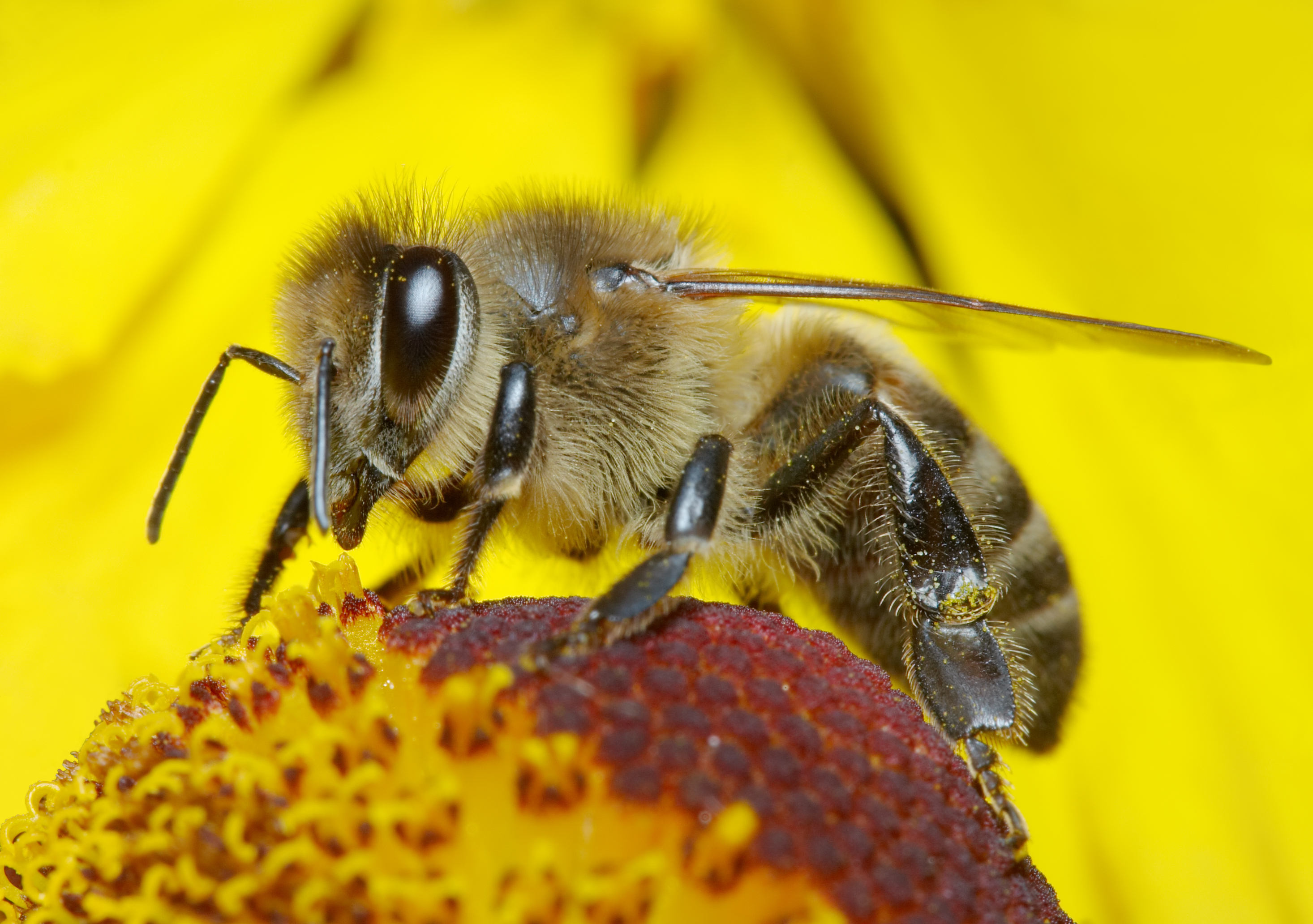


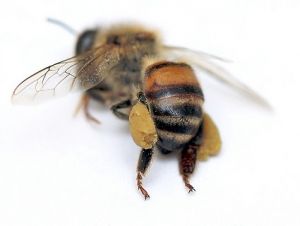
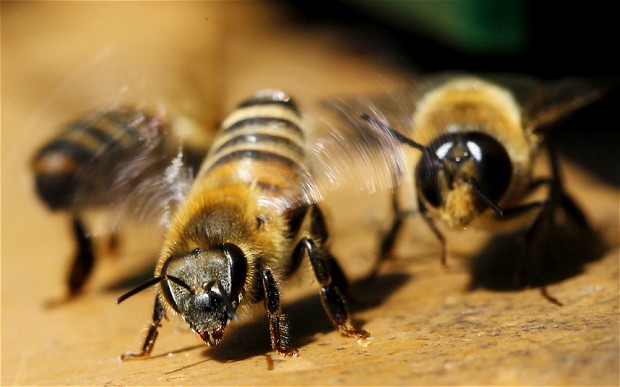


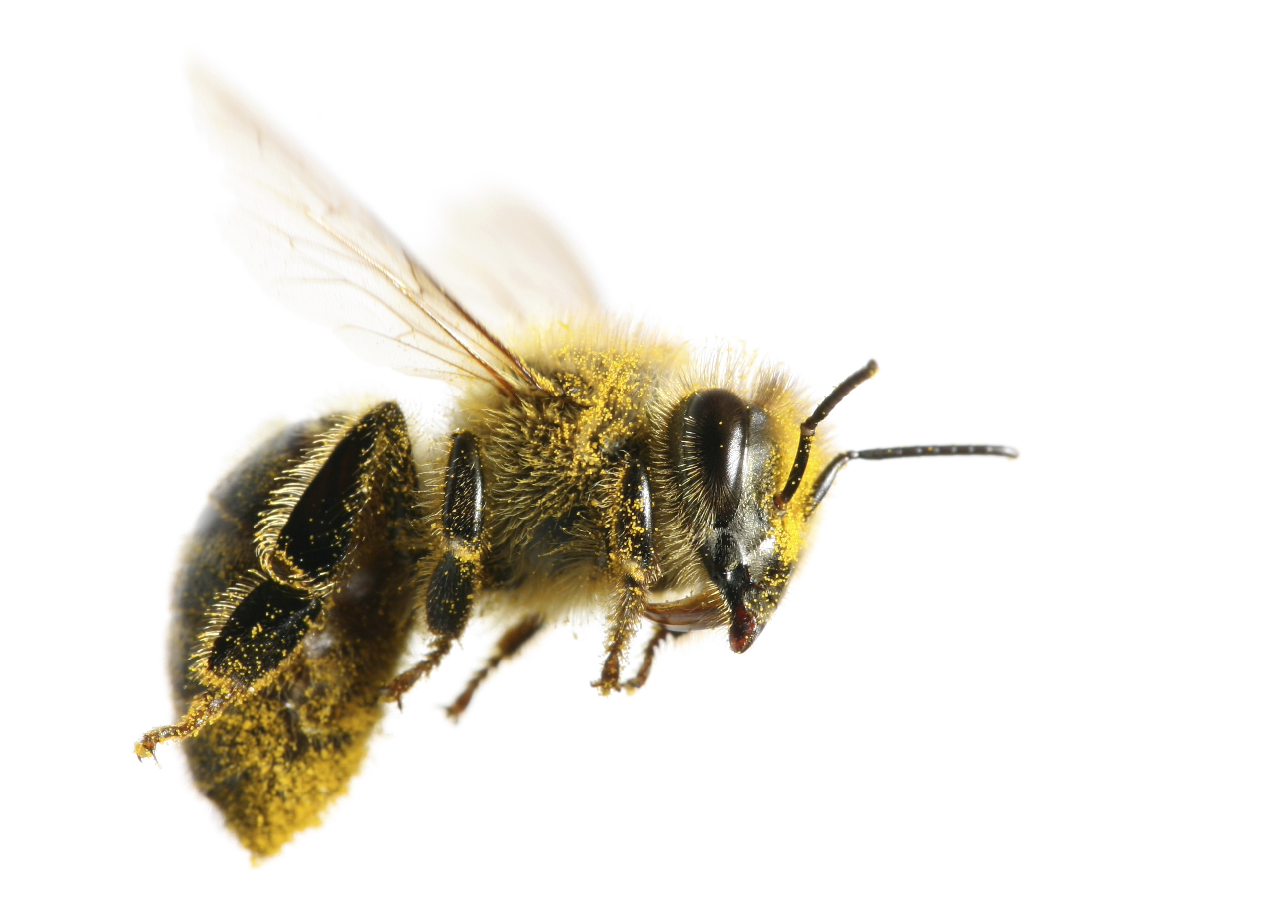
 Animalia Life
Animalia Life